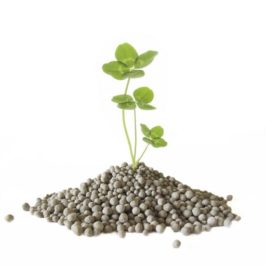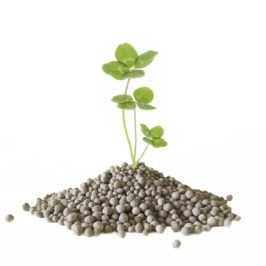Make sure you’re not throwing your money away.
As fertiliser is such a large portion of farm expenditure and its effectiveness directly impacts farm income, basing fertiliser decisions on sound information is a no-brainer. Below are a few ways to make sure you collect quality information.
Soil samples.
Before taking any soil test samples it is important to consider a few things.
Timing?
While there is no wrong time to take soil tests, my preference is to avoid the extremes of cold and wet, or hot and dry. Because some of the test results will vary from season to season, it’s good practice to take soil samples at the same time each year.
Samples?
On a small holding, one sample taken randomly over the property is likely to be sufficient, where-as a property of say one thousand hectares and differing soil types or terrain, may require many samples.
Depth?
Traditionally, soil sample depths have been 75mm. As the aim of soil testing is to determine an optimum fertiliser application to achieve maximum pasture growth, my preference is 150mm deep samples on the basis that pasture root depth should be at least 150mm and hopefully much deeper than that.
Soil laboratory tests.
While a very basic set of soil test results may be adequate for a small holding, a more detailed report including some total reserves is more appropriate for a larger farm. Soil test results are particularly useful for determining soil pH, as well as requirements for Phosphorous, Sulphur and the major Cations, (Potassium, Calcium, Magnesium and Sodium). While laboratories can and will provide results for soil trace element contents, in my opinion a pasture leaf analysis is a far more efficient way to determine fertiliser trace element requirements of pasture or crops. I’ve seen a lot of money spent raising soil trace element levels when often there has been no shortage of the trace element in the pasture.
Leaf laboratory tests.
A pasture leaf analysis shows what the plant is, or is not getting, in the way of trace elements from the soil. Perhaps more importantly, the test results show recommended medium ranges based on the ideal level of the elements that are required by the plant and/or the animal grazing on that plant. The leaf analysis is a very important tool to check pasture and/or animal health limiting factors.
I believe that it’s important to take pasture samples at the same time, and at the same location as the soil samples. In this way, the two reports can be cross referenced which gives a much clearer understanding of any limiting factors and reveals fertiliser requirements. This approach provides confidence when targeting a limited fertiliser budget to give the best economic, on-farm return. Current economics indicate that efficient, cost-effective, pasture growth and utilisation are more important than ever.
With a mixed pasture, such as Plantain with Red and White Clover, it’s well worth while doing separate analysis on the Plantain and the Clovers. Individual plant species take up varying quantities of the different trace elements from the same soil. This shouldn’t come as a surprise, consider the fact that Silverbeet is high in Iron while Potato (skin on) is high in Potassium and Citrus is high in Vitamin C. This happens even if they are grown side by side in the same soil.
The greater the variety of pasture species that stock have available to them, the healthier they are. I’m sure that most of you will have observed stock actively seeking out say Plantain in a pasture and then a few weeks later don’t touch it. My observations of Leaf analysis have shown that Plantain is usually much higher in Selenium than other pasture species, I believe that stock may go for Plantain until they have sufficient Selenium and then back off. For all animals, too much Selenium is as bad as too little. If my observations are correct then perhaps this raises concerns around mono-culture grazing.
Andrew de Lautour. PFP Fertilisers Ltd.©
For further information or a sample pack, phone us on (06) 858 5235


